What is multiple myeloma?
It’s curable. Standard, AMA trained oncologists are not allowed to make that claim — and probably because the methods they are trained in do not offer much hope.
But I am a Multiple Myeloma (MM) case and I know others who have had great results with Immunotherapy (Darzalex). In these cases, whereas months of chemo failed, the immunotherapy (IT for short here) brought the blood numbers to normal in weeks.
But the law in the U.S. several years ago appeared to be designed for profit motives. It required a patient to have to fail chemo, radiation and SCT (stem cell therapy) before they could legally try IT. When the Right to Try law was signed in 2018, I immediately announced to my doctor I was going to IT but first, I had to educate him and my insurance company on the new law (these are supposed experts who stay up on the latest developments affecting their area of expertise — but no — you’ll probably have to do it yourself).
After a 3-week campaign, which was mostly spent sending the insurance company the latest law specifics (they were 5 years behind in FDA law!!), I filed a complaint with them and two days later I got approval. And that was after my doctor (who had more than 30 years experience) had applied to them 3 times and then told me to file the complaint (this guy was great; Dr. Strnad — you’re the BEST dude!).
I had endured 5 months of different chemos, plus radiation — the side effects took 8 months to clear up — and other supporting drugs with side effects. On immunotherapy, I had no long-term side-effects (just one actually that was nothing compared to the others) and I was done in 6 treatments. (I just had another blood test last week that was beautiful :)
Immunotherapy:-
* is faster and therefore cheaper (chemo can go on for YEARS).
* is faster and therefore subjects the patient to much, much, much less time in treatment — if you’ve ever been through cancer, this is HUGE and think of the effect on family members — MORE HUGE.
* has almost no side-effects for the average patient — this, in itself, is MASSIVE. I say to the docs, “WHY, WHY, WHY, WHY, WHY???” Although, that many oncology doctors make much of their income from getting kickbacks by prescribing chemo (one of, if not the only drug where that is allowed in the U.S.), what incentive do they have to use anything else? I know, they should be putting the patient first but look at what they’re doing. Go to any social media forum where these patients are talking to each other — I have seen NONE that are being given immunotherapy FIRST. Am I pissed? Shouldn’t we all be?
That MM oncology doctors do not start patients on immunotherapy as a first treatment is criminal. That they STILL make them do chemo and SCT BEFORE immunotherapy must either be staggering ignorance or, again, it’s a money thing. I actually had a doctor (before Doc Strnad) that — get this — DID NOT EVEN KNOW that other doctors DOWN THE HALL were doing immunotherapy. Down the hall! In the same clinic! When I asked that we look into immunotherapy, this doc got on the phone and called the drug trial coordinator to see if I was talking about an immunotherapy trial being run there. I should say thanks for checking but they could have just yelled out the door.
Sorry about the long drawn-out story, but that just illustrates the type of tunnel-vision some of these doctors have. This doc talked to me every single visit about a future SCT which would take place out-of-state, at great expense and loss of work time AND suggested that probably the very best place was the center back in the state at the facility they studied at. AND THEN I found out that there was a VERY fine SCT program in a clinic on the same street not 5 miles away!
CONCLUSION:-
Yes, for the average patient, immunotherapy is the place to START. But you will probably have to fight for it which may involve calls and visits to clinics and doctors until you find someone with some experience. You may also have to bring your insurance company up-to-speed and then struggle with them too. Hopefully, this will become the no-brainer standard of care quickly and across our great land. And hopefully, whereas the last president signed the RtT bill into law, the new administration won’t dismantle it before you get what you need.
Lastly, if you 1) tweak your intake to consume the best, high-test fuel for your body and 2) add minimum exercise of 30 minutes, 3 days a week -- you'll beat it. I know of serious, stage 4 MM cases where the patient took nothing but just did the latter 2 things and was cured. But they also addressed the cause of the disease. If you don’t do that, it will just come back. You’ve got to find all the negative stresses (there IS positive stress in life) and sources of toxicity in your physical, emotional and spiritual areas and remove them or replace them.
What are the symptoms of multiple myeloma?
Once you get a blood test, it’s clear that the kidneys are in trouble and that there are abnormal proteins in the bloodstream. Before taking that though, you could be at stage 3 and still not suspect anything.
There could be fissions in your bones and some vertebrae might have collapsed, but all you know is that your back is hurting again, and you blame it on the old mattress. You might have some tendency to nosebleeds that you never had before, and you blame it at the dry weather. If you are out of breath after the second flight of stairs, you should go to the doctor, not just because of MM but a whole lot of possible issues. If you don’t do workouts or physical work at the job, you might not feel any fatigue affecting your daily routines. You might not even get any of the infections you are prone to.
If urinating makes a lot of foam, that’s actually a clear symptom, but you might not pay attention to it, or blame it on the Clorox in the bowl. So watch for the foam and compare to family members…
What are the treatment options for multiple myeloma?
That’s a simple question with a long answer. I’m no doctor but I have been dealing with myeloma for a decade plus and have a decent layman’s knowledge of the situation. (Also, my experience has been in the U.S., and what’s available in other countries may differ.)
First, treatment for myeloma is rapidly evolving (or at least, rapidly in the context of cancer treatment). There are a bunch of different therapies available and more in the pipeline. The FDA has been approving new treatments on a continuing basis, largely because research has given doctors and drug companies a far better idea of how the disease works and how to target myeloma cells with minimal damage to normal cells.
I think most patients now start with a mix of three (or maybe more) drugs. These will likely include a proteosome inhibitor (Velcade or Kyprolis), an immune modulator (Thalidomide, Revlimid, or Pomalyst), and dexamethasone (a yucky steroid). There are side effects associated with these drugs but none of them are nearly as severe as old school chemotherapy. Most people who are otherwise healthy will be able to work and live a pretty normal life with them.
After several months of taking these drugs, many patients will receive a stem cell transplant, most likely involving cells from their own body. This is a significant procedure but it’s not considered dangerous and most people make it through after a couple of weeks of significant discomfort and then several months of waiting to get their immune systems back.
After finishing the course of drugs and the stem cell transplant (if that’s done), the patient will hope for a good, solid remission. They’ll have routine blood tests which will measure how active their disease is. Remissions at this point may go for a year or two years or ten years - it’s different for every patient. I think that most people are getting three to four years at this point, but that’s just my rough estimate based on what I read.
Nearly every patient will relapse at some point after their first line treatment. At that point, they are likely to do another course of drugs, this time with a different set as the drugs that worked earlier almost certainly won’t after relapse. Some of these drugs are very new and work completely differently from the ones I mentioned above. A second stem cell transplant may be performed. All of this is done to try to get a second remission. This is more difficult than getting that first remission and it generally won’t last as long as the first one - maybe about half as long. So if you get six years remission off of the first line of treatment, you can expect three years (more or less) for the second one.
After a second remission, there are some really cutting edge treatments available, such as taking Immune system T cells from your body, “reprogramming” them to attack myeloma cell, and infusing them back in. Again, the goal is to get as long a remission as possible after that second relapse.
This is how it works now in myeloma. Diagnosis, then treatment-remission-relapse. Repeat. On the down side, each new remission is shorter than the last one, and no matter how effective a treatment is the first time it’s used, the myeloma cells get resistant to it and it won’t be effective for later relapses. Once you get through the entire range of available treatments, it’s pretty much down to palliative care. None of the current treatments are considered curative, so the idea is more along the lines of long term management of the disease until something else comes along and gets the patient. This can go for a couple of years for people with very high risk myeloma and decades for some who really respond well to their treatments. This may sound a bit dismal but the pace of research on myeloma is astounding. There are new revelations on how the disease works and new angles of treatment that are coming at what seems like almost a daily basis. For oncologists, this an exciting time to be working in this field. For patients, the hope for a long life after diagnosis that is basically a normal life has never been higher.
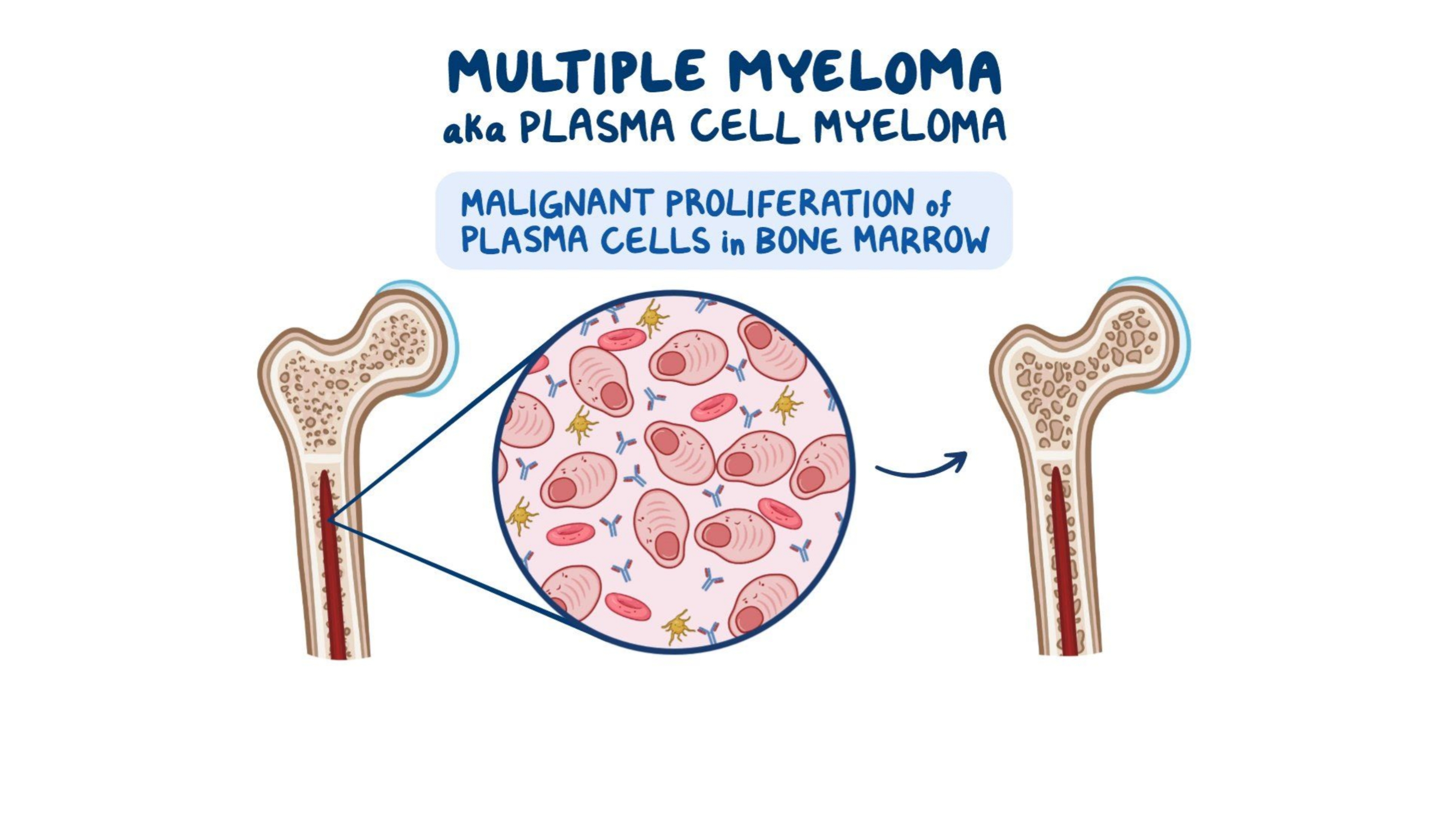
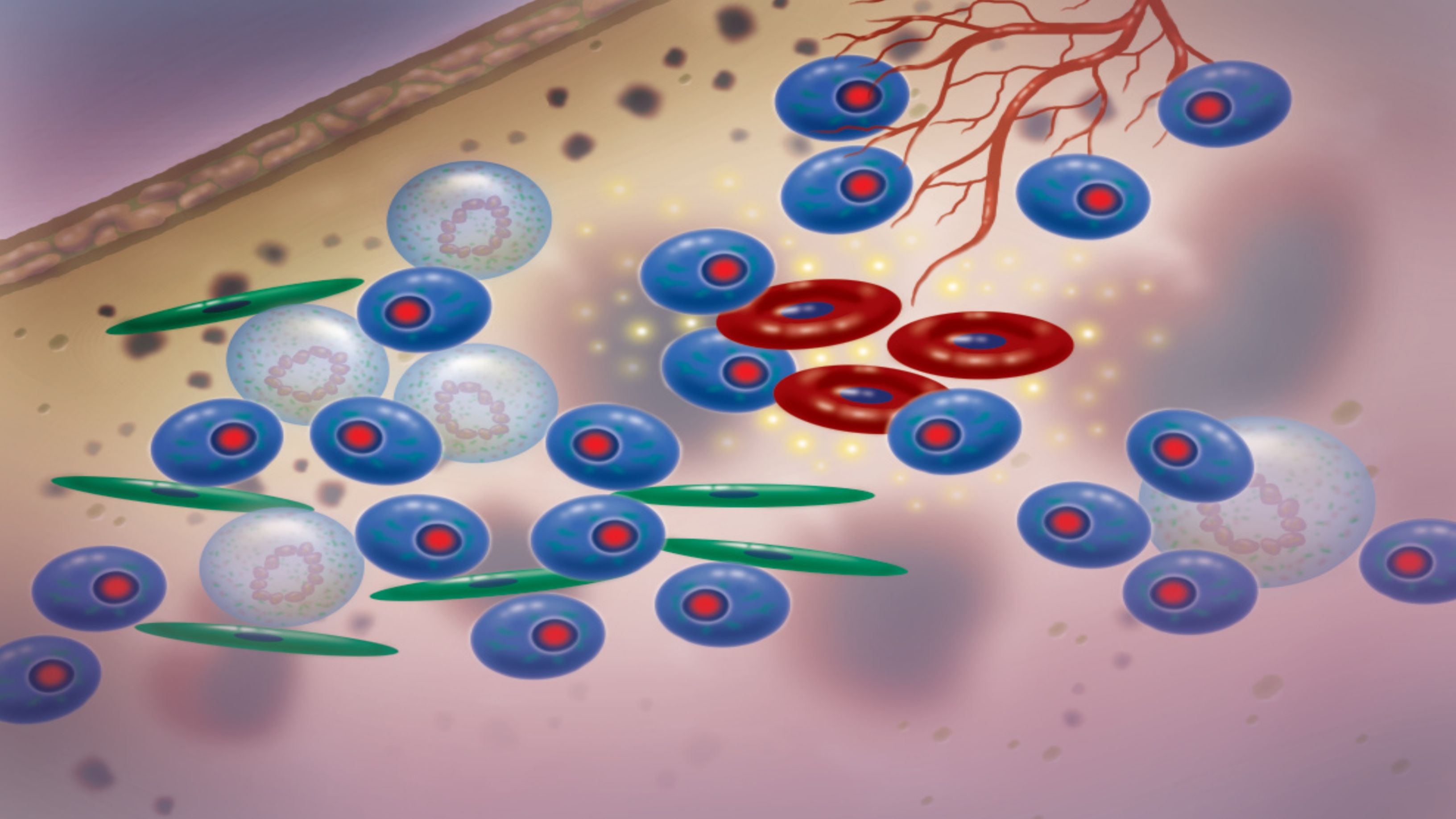
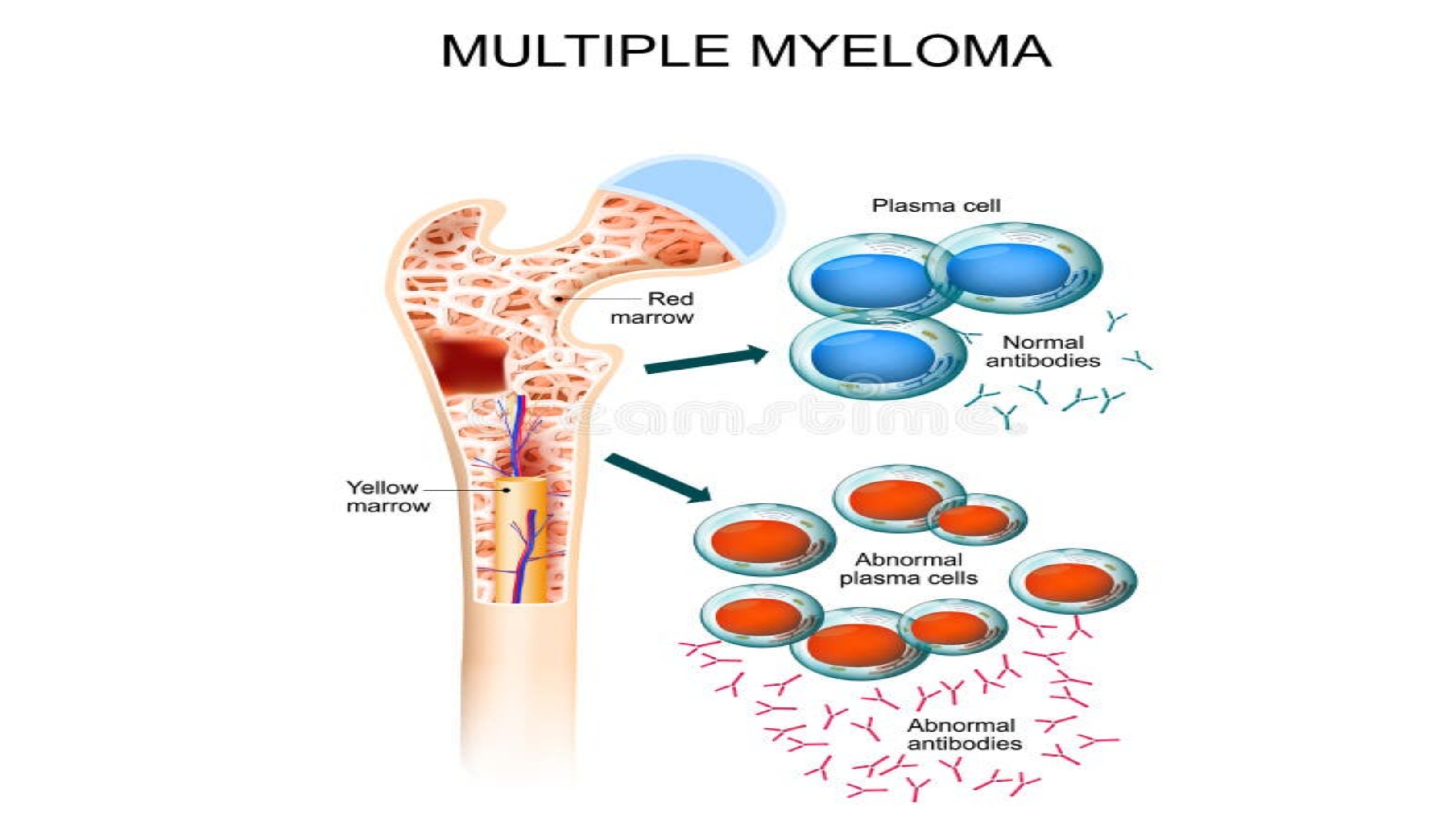
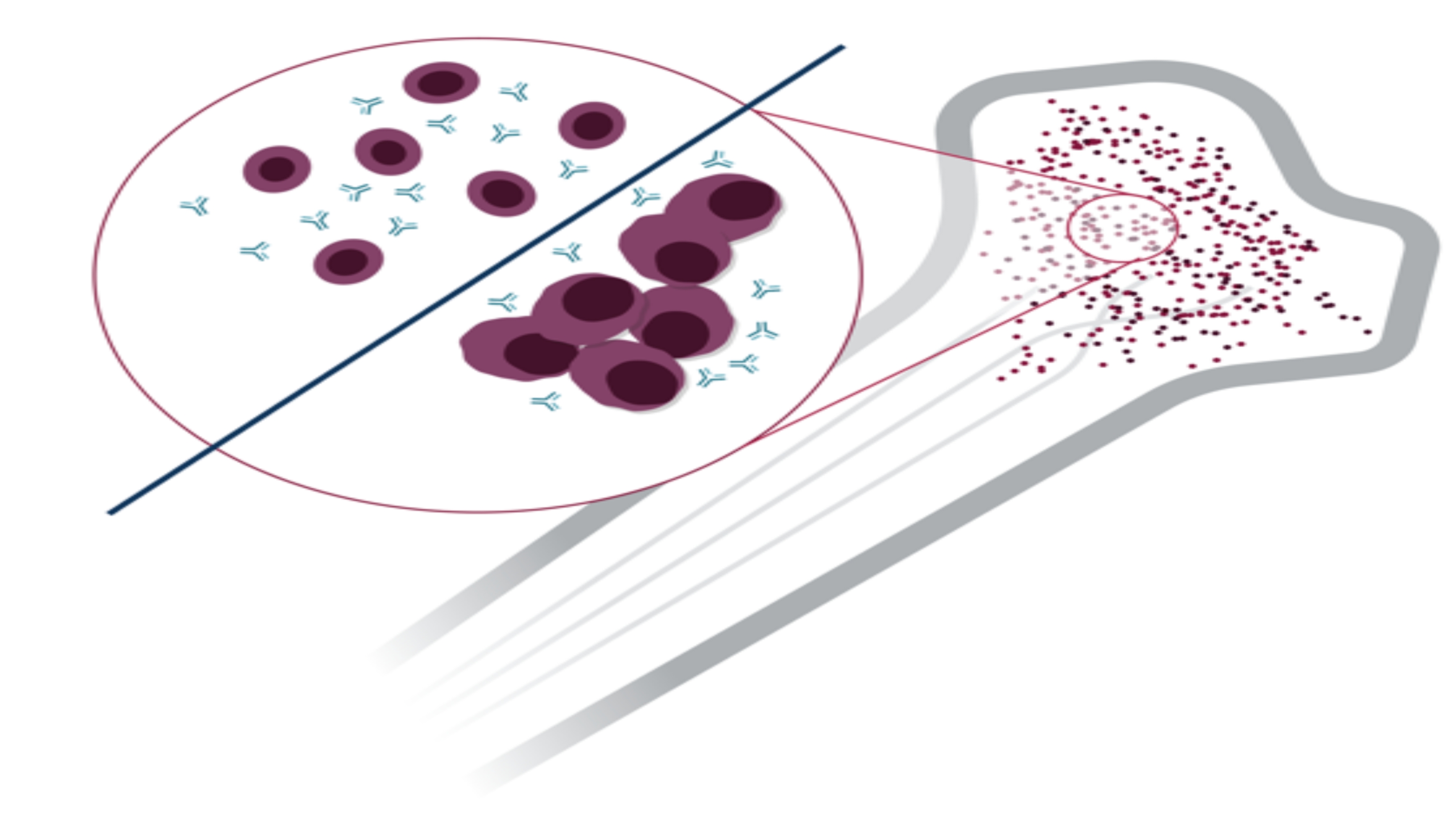
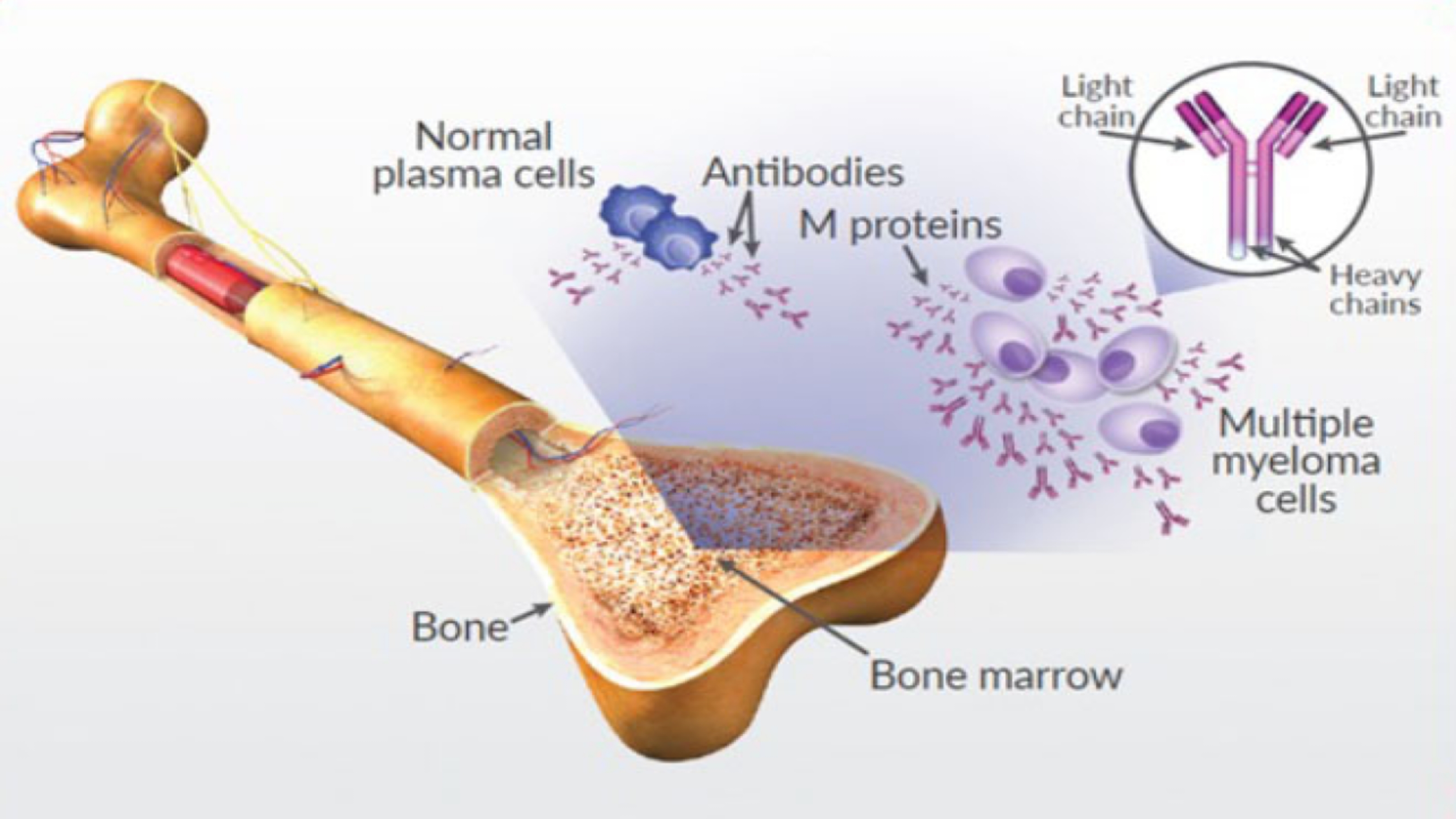










Post a Comment